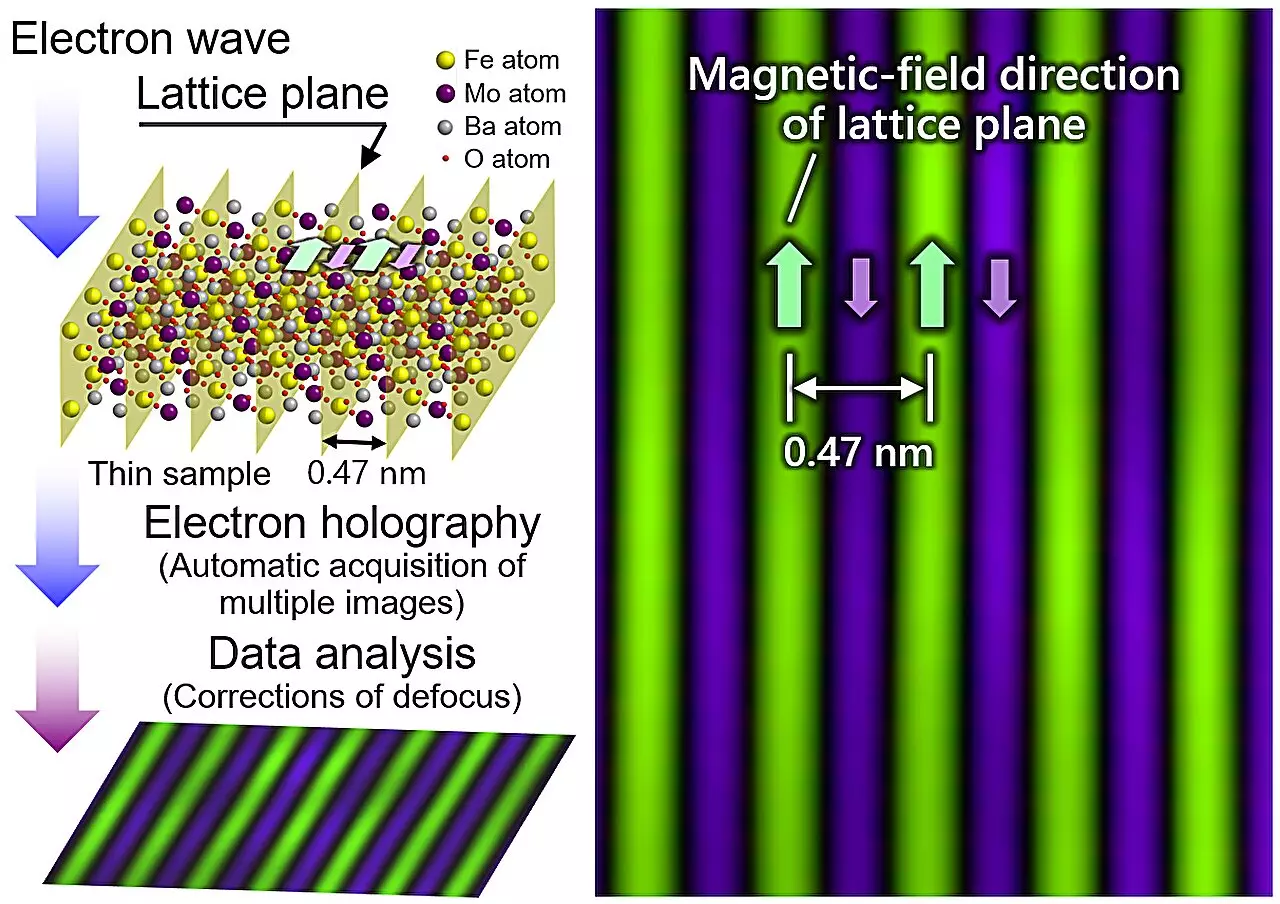A recent breakthrough achieved by a research team from Japan has revolutionized the observation of magnetic fields at minuscule scales. With the collaboration of several prestigious institutions and the utilization of cutting-edge technology, the team has made significant strides in enhancing our understanding of magnetic phenomena at the atomic level. This groundbreaking discovery opens up new possibilities for various scientific and technological applications, providing insights into the intricate world of magnetic fields within crystalline solids.
In the pursuit of pushing the boundaries of magnetic field observation, the research team developed a system that automates the control and tuning of the imaging device, allowing for faster data acquisition. By optimizing the imaging process, they were able to capture 10,000 images over 8.5 hours, a remarkable feat that accelerates the analysis of magnetic fields at atomic layers. Moreover, the team implemented specific averaging operations to reduce noise in the acquired images, resulting in clearer representations of electric and magnetic field data.
One of the key challenges addressed by the researchers was the correction of minute defocusing aberrations that distorted the acquired images. By employing a post-image-capture correction technique inspired by Dr. Dennis Gabor’s work on electron holography, the team successfully eliminated residual aberrations and enhanced the clarity of the images. This innovative approach allowed for the precise identification of atomic positions and phases, enabling the visualization of magnetic fields with unprecedented accuracy.
Through their efforts, the research team surpassed previous limitations and achieved a groundbreaking resolution of 0.47 nm in observing the magnetic fields of Ba2FeMoO6, a layered crystalline material with distinct magnetic properties. By comparing their experimental results with simulations, the team confirmed the accuracy and precision of their observations, highlighting the potential for direct examinations of magnetic lattices in various materials and devices. This advancement marks a significant milestone in the field of magnetic field research, offering new opportunities for exploring hidden phenomena and electron spin configurations in magnetic materials.
The remarkable achievement of the research team is expected to have far-reaching implications for scientific and technological progress. Their atomic-resolution holography electron microscope holds promise for diverse applications across different fields, from fundamental physics to the development of next-generation devices. By enabling the visualization of magnetic structures in specific areas such as interfaces and grain boundaries, this technology paves the way for innovative solutions to complex challenges. Ultimately, the team’s work has the potential to drive advancements towards a carbon-neutral society by facilitating the creation of high-performance magnets and functional materials essential for decarbonization and energy conservation efforts.
The breakthrough in magnetic field observation at unprecedented scales represents a significant leap forward in our quest to unravel the mysteries of the atomic world. The research team’s dedication to innovation and collaboration has led to a transformative discovery that has the power to reshape our understanding of magnetic phenomena and unlock new possibilities for scientific exploration and technological advancement.


Leave a Reply